I'm stocking up on a variety of potentiometers to keep on hand for my audio projects, and I'm trying to figure out what to buy.
The projects I'm working on seen to call for either linear & audio taper pots. I know the difference between linear and log, but where does audio taper fit into the mix?
Here's what I've researched so far:
- No schematic or parts list has BOTH linear and audio.
- Looking at the Bourns pot spec sheets, they seem to be using linear and audio taper synonymously, but they have different part numbers.
- Sites like mouser and digikey often have, say, a 10k linear and a 10k log, but no 10k audio pot in a search. However, when I search on the Bourns part number for an audio taper, the part is described by mouser as linear taper.
- A lot of audio forums I've been trolling talk about pots as either audio or linear, but they don't appear to be synonymous in the discussions.
See why I'm confused?
So once and for all...can someone school me on the difference between linear and audio taper? I'm also interested to know how to decide which to choose for a particular application, and if they are different enough to have distinct uses, what types of interesting and unexpected results will I experience if I substitute one for the other?

